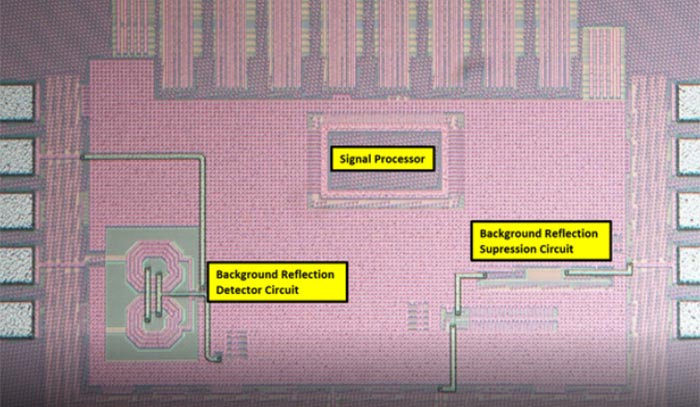New Wi-Fi chip can extend smartphone battery life
What’s more is that wi-fi speed is not significantly affected by the new chip.
NASA announced this week that it has applied for a patent on a technology that lets wearable devices reflect wireless signals instead of using traditional transmitters and receivers.
The chip developed by Adrian Tang, researcher at NASA’s Jet Propulsion Lab in California and University of California-Los Angeles professor MC Frank Chang can extend battery life in nearly each gadget that makes use of Wi-Fi, Popular Science reported.
Similar to data on a PC, information transmitted to and from a wearable device is encoded as 1s and 0s.
It reflects a constant signal sent by a customised router instead of generating its own original signal.
The researchers stated that by reducing the power necessary to transmit and receive information through a wearable device to a computer, cellular or Wi-Fi network, users can use their the technology they are wearing to the maximum extent.
This simple switch mechanism uses very little power when incoming energy is absorbed by the circuit, that’s a “0”, and if the chip reflects that energy, that’s a “1”.
At around 2.5 metres (8 feet), the team managed to get a data transfer speed of around 330 megabits per second, roughly three times the rate of typical Wi-Fi, and managed to use roughly 1,000 times less power than a standard chip. So it is faster and also consumes less power.
Obviously NASA is seeing the potential of this technology built into astronaut smartwatches and so on but hopefully it will also reach consumer devices.
While this is good news, much better news is that UCLA and NASA have signed an agreement on joint ownership of the idea and are in talks with a commercial partner to bring the new WiFi Chip in to the market soon.








